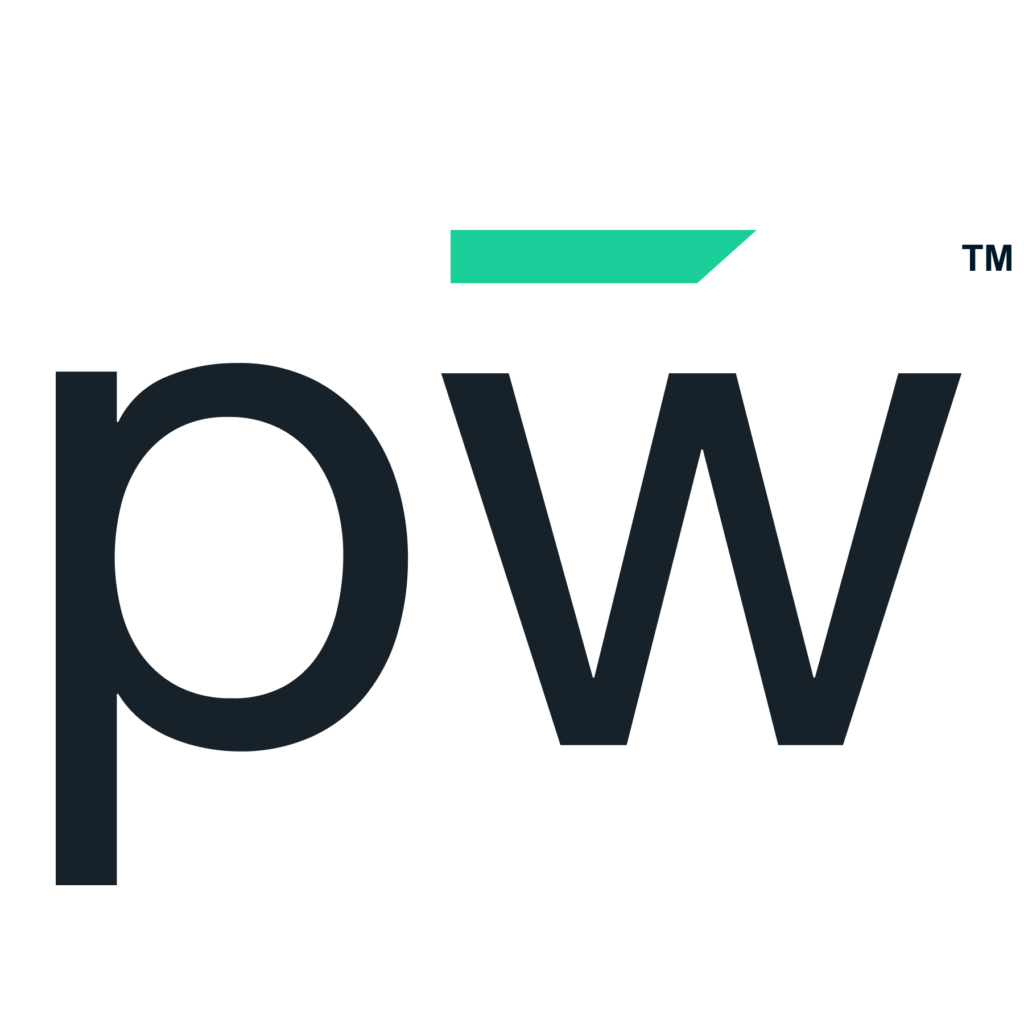Technology should deliver value to those who use it, but often, platforms have too many limitations that decrease their usefulness. This is true of solutions used in recruitment and hiring because they aren’t keeping up with the changing workforce. As a result, employers are stuck with antiquated processes that don’t yield the best hires.
Modern recruiting software offers a new approach to talent acquisition that relies on data and being able to look at an individual holistically rather than as just a piece of paper.
If you’re ready to evolve the way you hire, you’ll need recruitment software that enables you to be more strategic in finding the right candidates.
What do today’s job seekers expect in the recruiting process?
Hiring practices in the 21st century — the actual process and technology as well as cultural expectations — have changed dramatically. Most job seekers want employers to promote diversity, be transparent about wages and foster a healthy work environment, and prospective hires weigh these things in relation to their values.
On the experience side, everything is digital now, and candidates are keenly aware that they must play the resume game to make it through the process. Current technology that should reduce internal strain scans for keywords and rejects any resumes that don’t contain those specific terms.
While job creation has continued to grow and employment is low, many people who are looking for a career are frustrated and tired of the technology hoops they must jump through. A candidate experience survey found that most job seekers said the hiring process was important to them. When they have a bad experience, they are more likely to decline an offer.
The research also identified what employers can do to improve the experience, including:
- Being more transparent
- Providing more accurate information about a role and its responsibilities
- Improving communication
One big part of the experience is the technology candidates must use to seek jobs. Most people aren’t anti-technology and can appreciate the value of automation in streamlining the process to yield faster hiring decisions. However, the platform should be human-centered and enable them to be more than a piece of paper. Candidates want to know what’s required to do the job so that they can align their skills to these requirements.
Modern recruiting software answers the current challenges to deliver a better candidate experience and more quality hires. It focuses on skills matching and the concept of the circular economy of skills, which you can learn more about in the video below.
Identify quality candidates with skills matching.
Your resume rejection pile may contain people with a lot of potential, but you’ll never know because of the limitations of most applicant tracking systems (ATS). The only way to identify these people is with skills-matching technology.
What is skills matching, and how does it work?
Skills matching describes a method of finding relevant candidates based on the skills and expertise needed for the job. It works on the assumption of quality over quantity. Data and artificial intelligence (AI) work together to match a job seeker to a role.
Skills-matching platforms work by combining job profile attributes and your preset criteria. There are no applications, job descriptions or resumes; there are only profiles. AI crunches and analyzes the data in a sophisticated manner by:
- Going beyond exact matches of keywords to look for similar phrases
- Connecting skill lists in profiles to those required for a position
- Combining data from human and technical data points
In short, it changes how you recruit and hire by focusing on job attributes — not job postings. It broadens your hiring pool to build a workforce.
Find great candidates you may have overlooked and upskill them.
Another pro of using skills matching versus traditional hiring is that you can connect with candidates you may otherwise overlook. They have the attributes and attitudes to succeed in the role but may need to upskill some technical capabilities. With modern recruiting software such as pepelwerk, you can identify these people and direct them to learn the skills required to do the job well.
Another model that fits with skills matching is performance-based hiring.
Move toward performance-based hiring.
According to an analysis from Gartner, employees want to feel a sense of personal value and purpose at work. Performance-based hiring helps you meet this requirement.
Performance-based hiring is a concept that emphasizes a job’s performance objectives, which are used to create a job description, and a candidate's competence and motivation to meet these goals should determine who an employer hires. Shifting to this approach has benefits for you and job seekers, including:
- Improving the quality of hires
- Creating a more diverse workplace
- Decreasing the cost per hire
- Enhancing the candidate experience
Skills matching and performance-based hiring are a good complement, and you can implement them with modern recruitment technology.
What should modern recruitment technology do?
When seeking out a solution, you should evaluate platforms based on whether they:
- Are able to deliver skills-to-job matching
- Provide insights into candidates beyond a resume, including their abilities, attributes and attitudes
- Offer outcome tracking to help you understand the cost and quality of hires
- Deliver tools to help your current workforce upskill so they continue to be effective at and engaged with their job
pepelwerk is data-driven and people-centered.
Your current ATS likely isn’t giving you the best opportunities to find the right people to fill your roles. It’s not keeping your recruitment pipeline flowing, either. pepelwerk recruitment software does this by leveraging AI. You can be both data-driven and people-centered in your hiring practices.
Experience the pepelwerk difference by attending one of our career events.


-1.png?width=520&height=294&name=MicrosoftTeams-image%20(3)-1.png)







